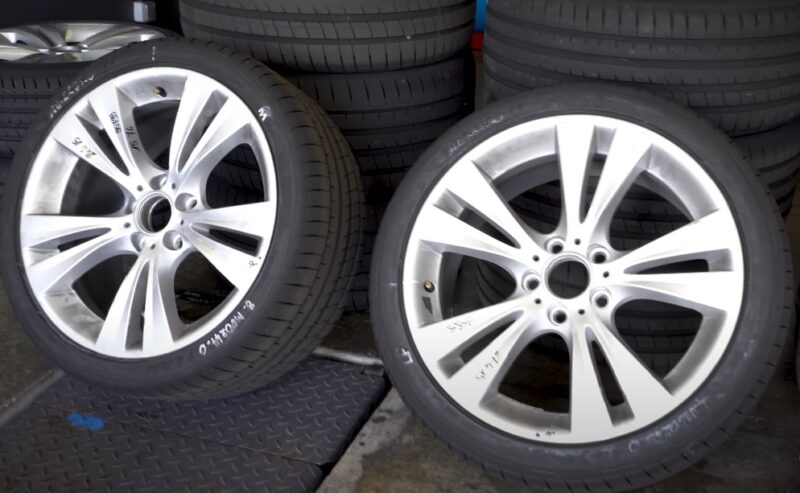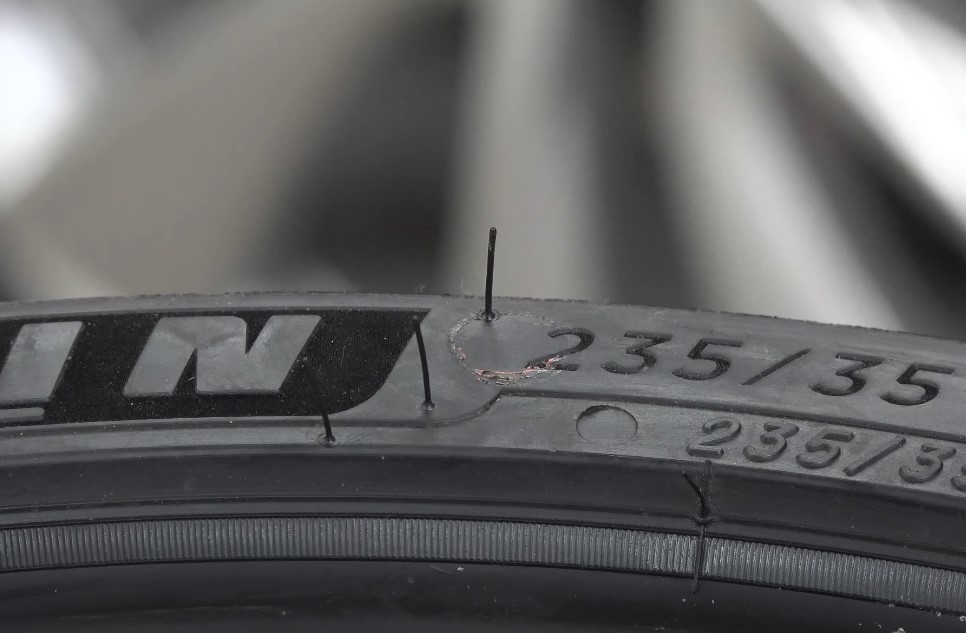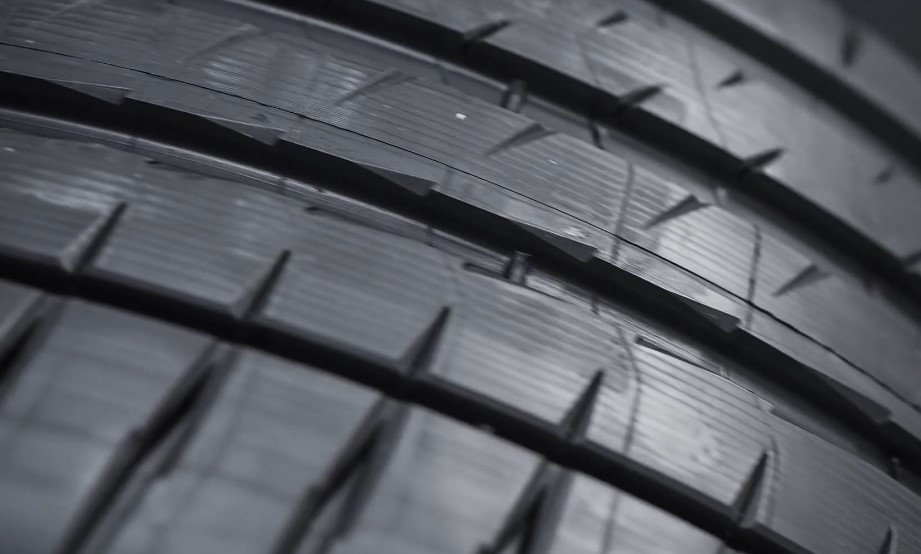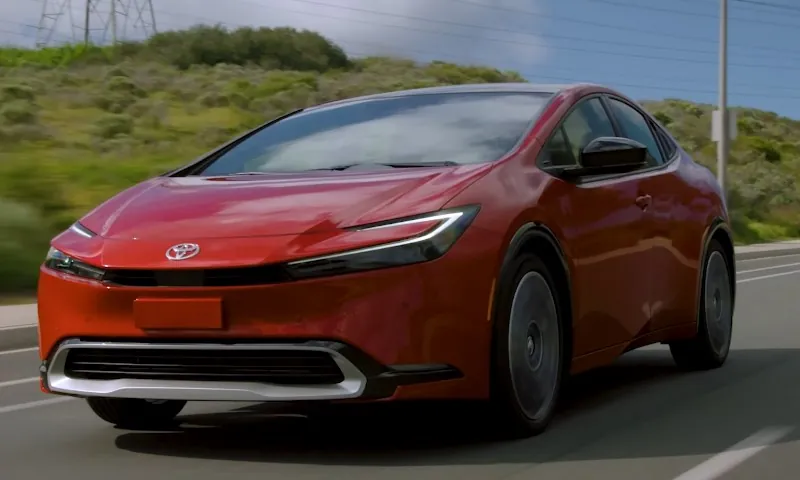
Share Post:
Choosing the right tire for your vehicle can be a surprisingly tough decision. You wouldn’t think something as small as the difference between a 225 tire and a 235 tire would make a significant impact, but it actually does.
Having the right tires can affect your car’s handling, stability, fuel efficiency, and even how safe you feel behind the wheel. I’ve found myself in this exact situation, puzzling over numbers and trying to figure out what those numbers on the side of the tires really mean.
So, I decided to share what I learned to help others avoid the same confusion.
Table of Contents
ToggleA Quick Look – 225 vs 235
| Aspect | 225 Tires | 235 Tires |
|---|---|---|
| Width | 225 millimeters | 235 millimeters |
| Performance | Better responsiveness, less rolling resistance | Better handling, stability, and control at high speeds |
| Grip and Control | Smaller contact patch, less grip, better for wet/snowy conditions | Larger contact patch, better grip for dry/rough conditions |
| Weather Performance | Better in wet/snowy conditions | Better in dry conditions, higher risk of hydroplaning |
| Fuel Efficiency | More fuel-efficient due to lower rolling resistance | Slightly less fuel-efficient due to higher rolling resistance |
| Road Noise | Quieter and more comfortable | Noisier, less comfortable, especially on rough roads |
| Price | Slightly cheaper | Slightly more expensive, better performance and control |
What Do the Numbers on My Tire Mean?

Before we even get into the nitty-gritty of 225 vs. 235 tires, let’s take a step back. Ever seen the numbers and letters on your tire, like “225/45R17” and wondered what they mean? Don’t worry—you’re not alone.
- 225 – This is the width of the tire in millimeters. So, a 225 tire is 225 millimeters wide.
- 45 – This refers to the aspect ratio or the height of the tire sidewall as a percentage of its width. In this case, the height is 45% of the tire’s width.
- R – This stands for radial, which just means how the tire is constructed. Most tires on the market are radials, so you’ll see this a lot.
- 17 – This is the diameter of the rim in inches. So, this tire is meant for a 17-inch wheel.
225 vs 235 Tire Difference
Now, let’s talk about the difference between 225 and 235 tires. At first glance, the change from 225 to 235 doesn’t seem like much—a mere 10 millimeters, right? But those 10 millimeters make a surprising difference. Here’s how.
1. Stability
One of the biggest things that changes with a wider tire, like the 235, is stability. The wider tire has more contact with the road, which can provide better balance and traction. If you drive a larger vehicle like an SUV or a truck, this added stability bears huge significance.
It makes the ride feel more grounded, especially when you’re driving at high speeds or dealing with rougher terrain. On the other hand, if you’re driving a smaller, everyday car, a 225 tire is often enough to provide good stability.
2. Fuel Efficiency
This one is often a surprise to people. You’d think that a wider tire like the 235 would automatically be better, but wider tires have more rolling resistance. That means your car has to work a little harder to move, and that extra effort burns more fuel.
If you’re looking to save a bit at the pump, the narrower 225 tires are probably your best bet. For people who drive a lot, that small difference can add up over time.
3. Load Capacity

Now, if you’re hauling a lot of gear, whether it’s work equipment or a family vacation load, 235 tires might be what you need. They can handle a heavier load than 225 tires because they have a wider footprint, spreading the weight over a larger area.
It makes sense for larger vehicles or situations where you need to carry extra weight. But, if your vehicle isn’t typically weighed down, the 225 tires are more than capable of getting the job done. The trick is to match your tire size to your vehicle and how you use it.
4. Handling
This is another area where 235 tires generally win out. More rubber on the road means more grip and more grip means better handling. So, if you’re the type of driver who likes to take corners a little faster or just wants that extra bit of control, a 235 tire is probably what you’re after.
5. Traction in Different Weather Conditions
Both tire sizes offer good traction, but wider tires, like the 235, tend to perform better on slick or uneven surfaces. This is especially noticeable if you live in an area with lots of rain, snow, or ice.
The extra width helps the tire grip the road better, giving you more control when the weather turns nasty. However, if you live in a more temperate climate where you’re not constantly dealing with weather extremes, a 225 tire might be just fine. Plus, the narrower tire can actually cut through water and slush more easily, so it has its advantages, too.
6. Aspect Ratio and Comfort

The aspect ratio of your tire affects how comfortable the ride feels. Generally, a higher aspect ratio means the tire sidewall is taller, which helps absorb bumps in the road. Since 225 tires are narrower, they often have a slightly higher aspect ratio than 235 tires, which can give a softer, more cushioned ride.
So, if you’re someone who prioritizes comfort, a 225 tire might give you a smoother experience. But, if you’re willing to sacrifice a bit of that comfort for better handling and performance, the 235 could be the way to go.
Pros and Cons of 225 and 235 Tires
To make things a little clearer, here’s a quick rundown of the pros and cons for each tire size:
225 Tires
- Better fuel efficiency
- Cheaper than 235 tires
- Often provides a more comfortable ride
- Less stability compared to wider tires
- Can handle less load
235 Tires
- Better handling and stability
- Improved load capacity
- Performs better in challenging weather
- Uses more fuel due to higher rolling resistance
- Usually more expensive
In some cases, yes. However, it’s important to check your vehicle’s manual or consult a professional before making any changes.
Swapping out tires without checking for compatibility can mess with your speedometer, affect your handling, and even cause long-term damage.
Summary
Choosing between 225 and 235 tires is really about knowing your needs. If you’re looking for better fuel efficiency, a more comfortable ride, and don’t typically carry heavy loads, then 225 tires are likely the better option.
On the other hand, if you drive a larger vehicle, need extra stability and handling, and don’t mind the extra fuel cost, 235 tires could be your perfect fit. At the end of the day, it’s all about weighing what matters most to you in a tire.
Your vehicle’s performance, your driving habits, and even the kind of weather you deal with can all factor into that choice.
Related Posts:
- Difference Between 275 and 295 Tires – The Only…
- Difference Between 265 and 285 Tires - Which Size to Choose?
- Difference Between Prius C 1 2 3 4 - Which One is…
- Motorsport in the US - How to Find Your First Race…
- Checking Out the 1972 Plymouth Satellite - A…
- How to Choose the Right Tires for Your EV - Complete Guide









